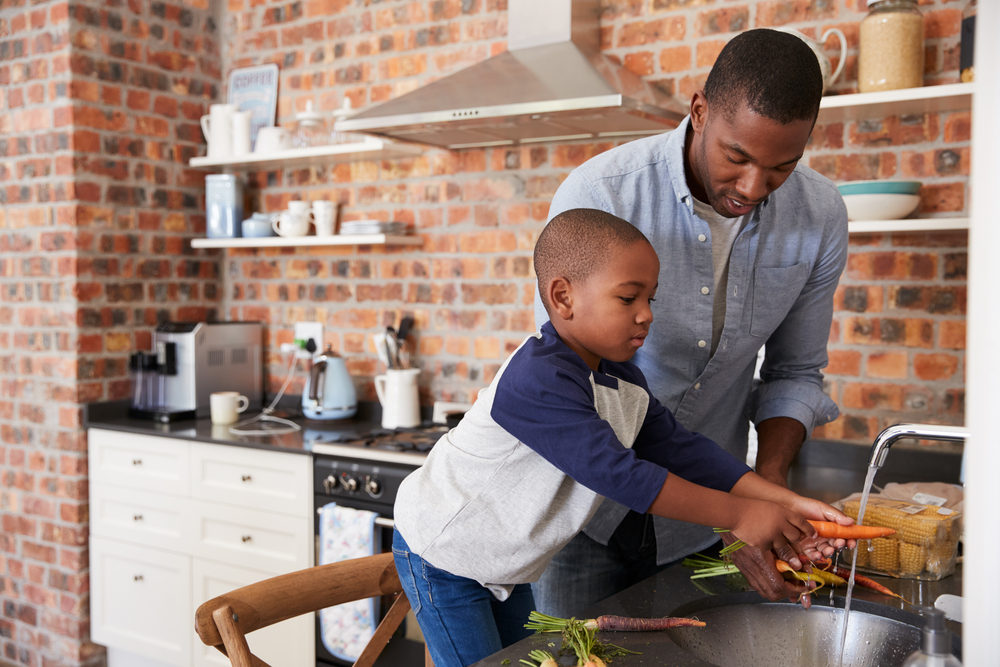Civics can be defined as our roles and responsibilities (and privileges) as citizens.
Learning about civics includes:
- How processes work
- Our history
- Identification of problems
- How we create change.
Usually civics refers to government, but it can refer to any group.
For children, that group can simply mean preschool and family. You might think of it in these terms:
- How do we contribute to the whole?
- How do we benefit by being part of this group?
- How do we appropriately express a grievance?
- How can we work together to make things better?
Most civic lessons start in kindergarten. You can begin teaching these values at home before then.
Think about what it means to be a “good” citizen/family member.
Identifying what is important for your family is the first step in a home civics lesson!
For example:
- Respect for others (being kind, caring how the other person is doing, offers of help and sympathy and support, taking turns, sharing, being honest)
- Respect for property (not taking each other’s toys/clothing, etc. without permission, returning things in good condition, etc.)
- Respect for ourselves (eating healthy, getting good rest, keeping ourselves clean, exercising, relaxing when we are stressed)
- Demonstrating values of trust and fairness
- Creating family traditions
- Age-appropriate chores
I really like this quote by Amber Coleman-Mortley:
“The main goal for parents wanting to raise little citizens is to model behaviors that teach kids that they belong, are wanted members of society, and have a shared responsibility in creating the world that they want to live in.”
[From her article Raising little citizens: Civics lessons for K-5 kids https://community.today.com/parentingteam/post/raising-little-citizens-civics-for-k-5-kids]
Here are some specific ideas of things you can try at home: <a href=”https://www.scholastic.com/parents/family-life/global-awareness/7-civic-service-ideas-kids.html” target=”_blank” rel=”noopener”>https://www.scholastic.com/parents/family-life/global-awareness/7-civic-service-ideas-kids.html</a>

